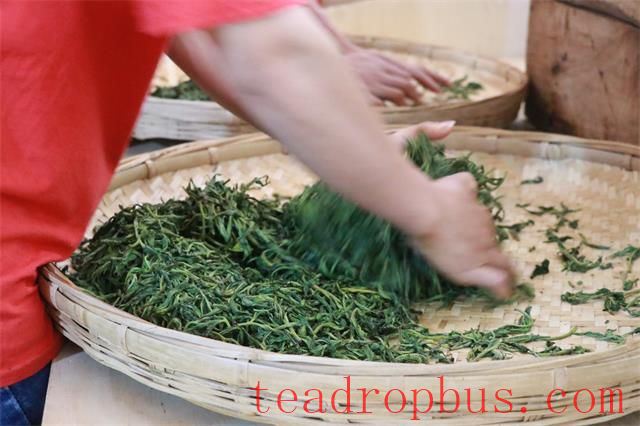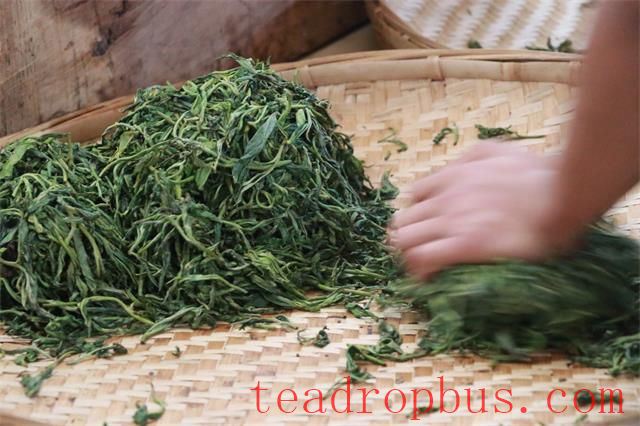Different types of Tea have distinct characteristics, and therefore require varying processing techniques. It would be incorrect to generalize. For many types of tea, the kneading process is primarily for shaping, typically employing a “gentle kneading” approach. This is usually done without pressure and for an extremely short duration. The aim is to achieve a high rate of tea Leaf formation while keeping the breakage rate low, preserving the original color of the tea. After kneading, the dried tea leaves meet traditional aesthetic standards.

In fact, the kneading technique and its intensity directly influence the quality of Pu'er tea, especially its aging potential. The degree of kneading for Pu'er tea is heavier compared to other types of tea, which is referred to as gravity kneading (or heavy kneading).
Why does Pu'er tea use the gravity kneading method? There are four reasons:
First, the type of tea used for Pu'er differs. Pu'er tea uses large-leaf arbor tea, which has few tender buds, and the leaves are mostly thick and large. The gentle kneading method used for Green Tea would not be applicable in this case.
Second, the temperature during kneading is different. Unlike green tea, which is kneaded in an iron pot, Pu'er tea is kneaded outside of the pot, on bamboo mats, wide wooden boards, or clean cement floors. This is a kneading process at room temperature.
Third, the timing of the process differs. In green tea production, kneading is the final step that defines both the internal quality and external appearance of the tea, essentially creating the finished product. However, for Pu'er tea, kneading is a preparatory step before fermentation and is one of the early processes. It is still far from being the final product.
Fourth, through “heavy kneading,” the protective layer on the surface of the tea leaves is broken down. The tea is then naturally sun-dried, allowing various microorganisms in the air to “invade,” completing the first “natural inoculation” of the tea leaves under natural conditions. This is also the initial oxidation stage of the selected tea leaves before fermentation. This is precisely what is avoided in green tea production, where the “light kneading” must not damage the surface membrane of the tea leaves. Any damage would cause rapid oxidation and a change in quality.

In the production of Pu'er tea, the intensity of kneading should be reasonably and skillfully controlled to achieve optimal results. Especially when aged for the same period, Pu'er teas with different degrees of kneading will exhibit distinctly different flavors and textures.
Therefore, the “gravity kneading” in the sun-drying process lays the foundation for the subsequent fermentation of Pu'er tea. Moreover, in the production of Pu'er tea, the “kneading” process is not completed in one go but involves multiple rounds of kneading – traditionally called “re-kneading.” This re-kneading serves as a supplement to the initial “natural inoculation,” ensuring that the primary oxidation is carried out more thoroughly.